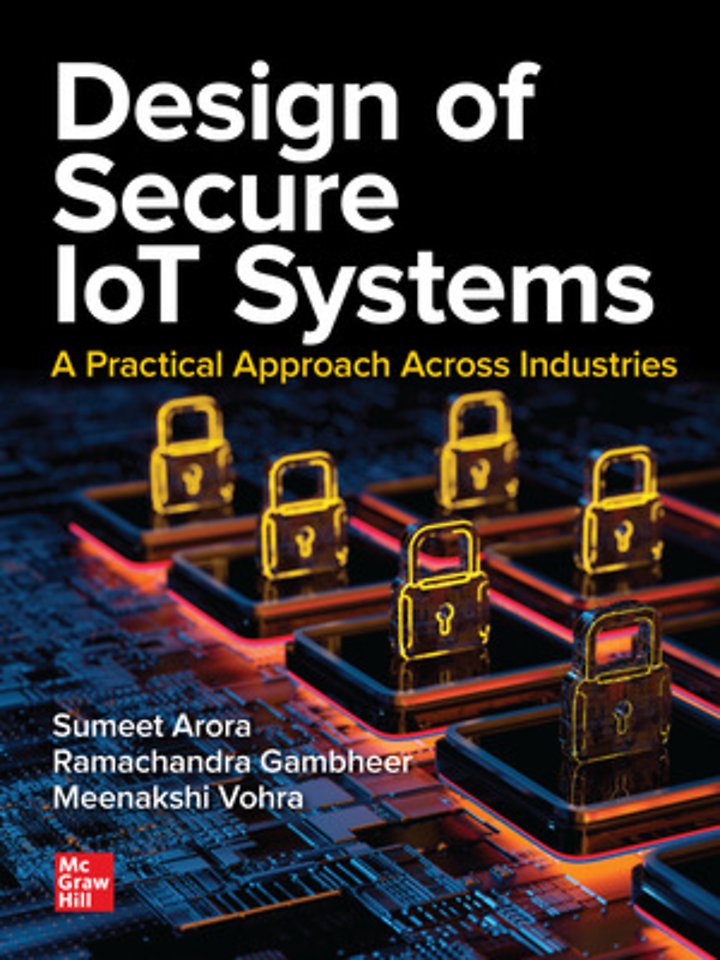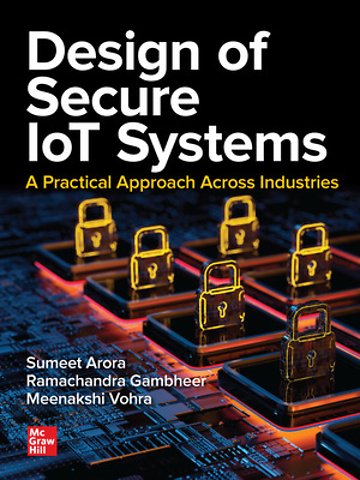Design of Secure IoT Systems: A Practical Approach Across Industries
Samenvatting
Publisher's Note: Products purchased from Third Party sellers are not guaranteed by the publisher for quality, authenticity, or access to any online entitlements included with the product
Build secure IoT devices and networks for a wide range of industries
This practical guide fully explains the technology behind the Internet of Things, machine-to-machine communication, and automation. Written by a team of experts from leading firms, Design of Secure IoT Systems: A Practical Approach Across Industries covers all aspects of system architecture, protocols, requirements, and design. You will discover how to design and engineer IoT devices and networks with trust and security. The book features industrial automation case studies and simulation examples from a wide range of fields.
Coverage includes:
IoT architecture and technology fundamentalsConnected machines and M2M communicationNetwork protocols and architectureIoT hardware design fundamentalsWAN, IP, and MAC configurationIoT data systems designDesigning with trust and securityData security policies and regulationsCybersecurity threats and risksAutomationUse cases across industriesIndustry compliance and standards
Specificaties
Inhoudsopgave
Net verschenen
Rubrieken
- aanbestedingsrecht
- aansprakelijkheids- en verzekeringsrecht
- accountancy
- algemeen juridisch
- arbeidsrecht
- bank- en effectenrecht
- bestuursrecht
- bouwrecht
- burgerlijk recht en procesrecht
- europees-internationaal recht
- fiscaal recht
- gezondheidsrecht
- insolventierecht
- intellectuele eigendom en ict-recht
- management
- mens en maatschappij
- milieu- en omgevingsrecht
- notarieel recht
- ondernemingsrecht
- pensioenrecht
- personen- en familierecht
- sociale zekerheidsrecht
- staatsrecht
- strafrecht en criminologie
- vastgoed- en huurrecht
- vreemdelingenrecht

